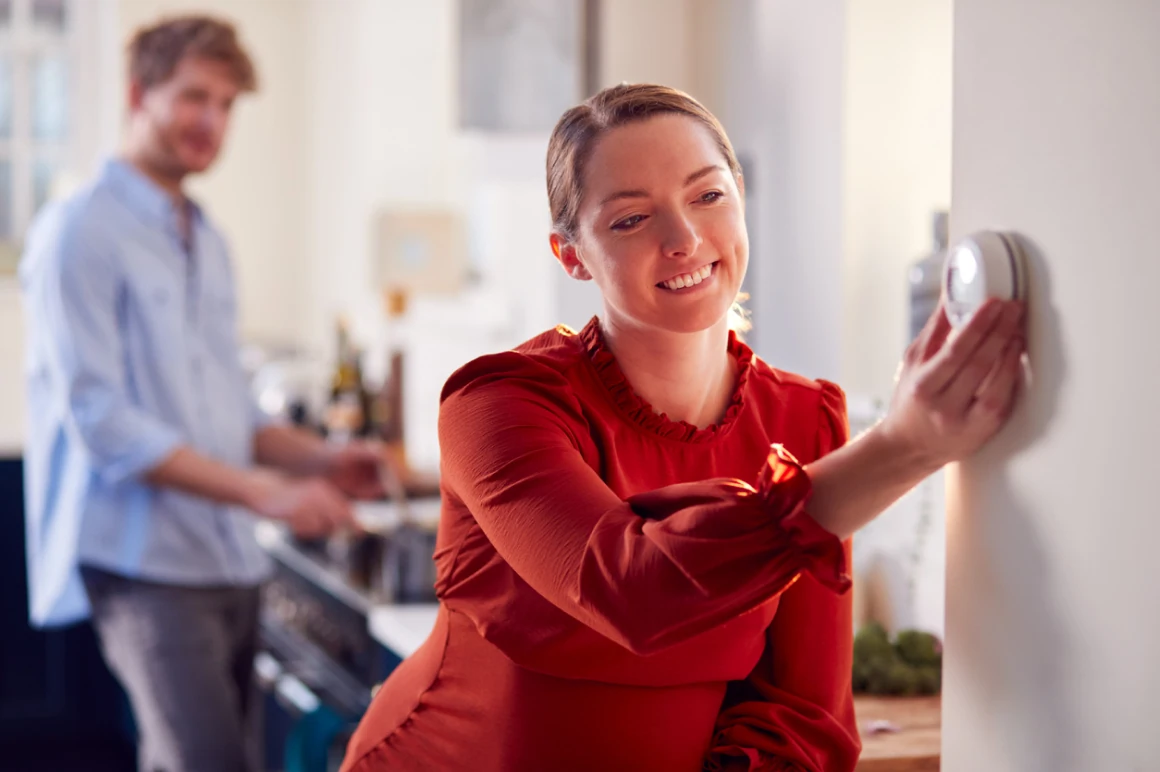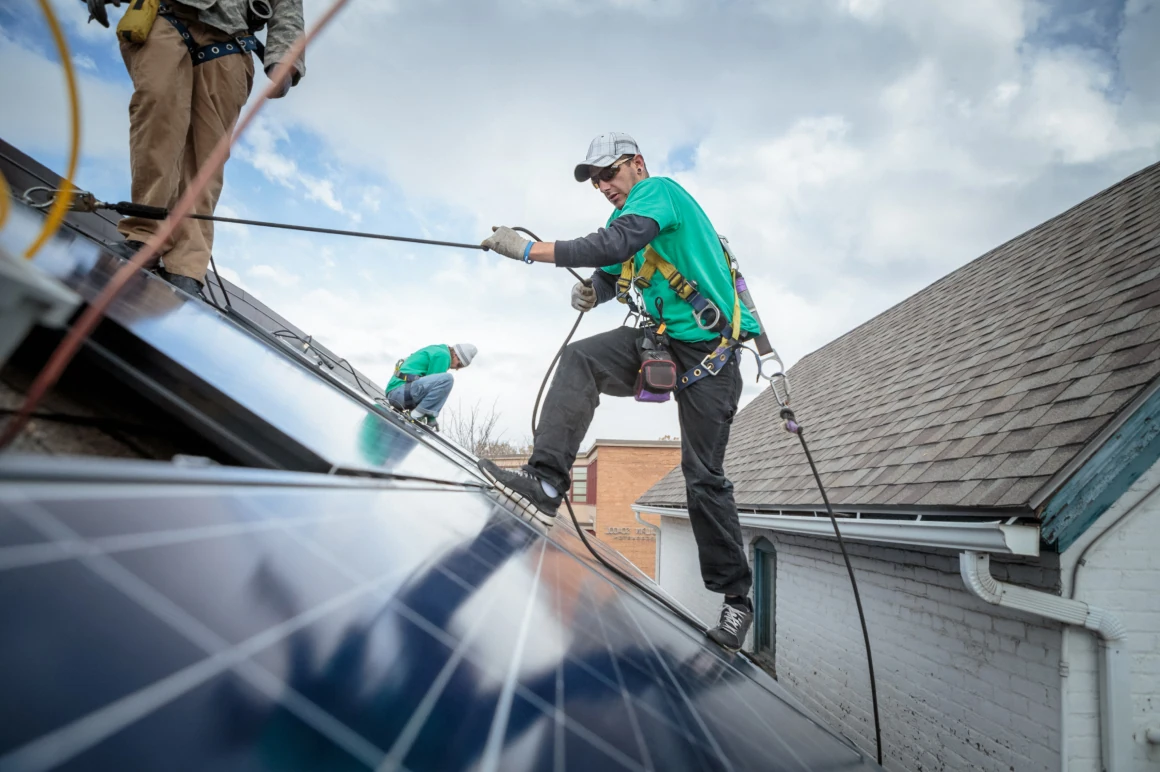Living with a heat pump
The following tips are designed to help you maximise the benefits of your heat pump, increase its efficiency and extend its lifespan.

Getting the most out of your heat pump
Learn the basics
Understand how your heat pump operates, including modes like heating, cooling (if applicable), and defrost cycles. Consult your user manual or ask your installer for guidance on optimal settings.
Find out more about improving your heat pump efficiency from Energy Saving Trust.
Don’t turn your heating off
Unlike traditional heating systems, heat pumps operate most efficiently when maintaining a consistent indoor temperature, rather than heating the home from a cold state.
This is why it is important to set your heating to a comfortable temperature range and avoid turning the thermostat or the heat pump off, especially during cold weather. However, you can programme your thermostat to turn down a few degrees for periods of time when you need less heat (or for those wanting to avoid peak rates on a time-of-use tariff). Configuring an overnight set-back temperature and a holiday mode, instead of turning the heat pump system off completely, helps maintain a consistent indoor temperature and reduces the workload on the heat pump, leading to better efficiency and comfort.
Make use of smart and time-of-use tariffs
Take advantage of smart, time-of-use and heat pump electricity tariffs offered by many energy providers. These tariffs offer lower rates for heat pumps or during off-peak hours, which can be coordinated with your heat pump’s operation using smart technology. According to Which?, you could save more than £500 a year on your energy bills by switching to a heat pump from a gas boiler by using a special heat pump tariff. Find out more from Which?. To learn more about the potential annual savings of installing an air source heat pump, read the in-depth guide to heat pumps from Energy Saving Trust.
Schedule regular maintenance and servicing
Ensure regular maintenance and servicing of your heat pump to keep it operating efficiently and extend its lifespan. Schedule annual inspections with your installer to check refrigerant levels, clean filters and coils, and inspect electrical connections.
Installing additional renewable technologies
Combining your heat pump with other technologies can significantly reduce your energy costs and carbon footprint.
Solar panels
Solar panels generate electricity from sunlight, which can help power your heat pump. During sunny periods, solar panels may provide enough energy to meet your home’s heating and hot water needs, reducing reliance on the National Grid, lowering electricity bills and possibly allowing you to sell surplus electricity to the National Grid.
Home battery storage
Store excess energy generated by solar panels in home battery storage systems, or charge them at lower prices during off-peak hours. This stored energy can be used to power your heat pump during times of high demand or when solar energy is not available, ensuring a continuous and sustainable energy supply.
Smart home-energy management systems
These systems integrate various smart technologies (including smart thermostats, appliances and lighting) to optimise energy usage across the home. They can adjust heating schedules and settings automatically based on occupancy, weather conditions and energy tariffs, ensuring your heat pump operates at optimal times for maximum cost efficiency.


